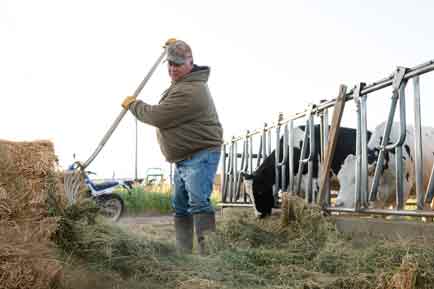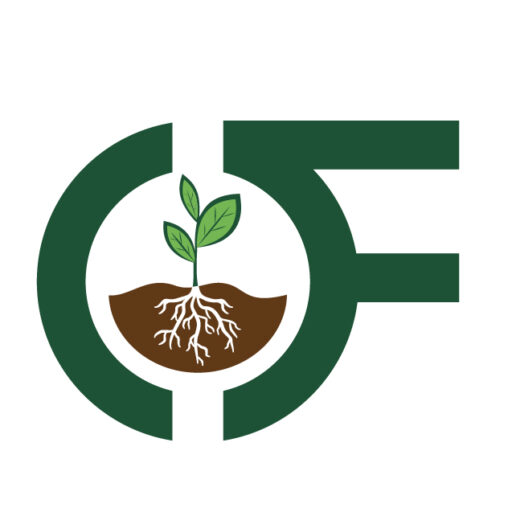Navigating the Hay Portland Oregon Holds for Livestock: A Comprehensive Guide
In the verdant, rain-rich environment of Portland, Oregon, livestock owners have unique considerations when it comes to selecting and utilizing hay for their animals. This guide aims to delve into these considerations, ensuring that your livestock not only thrive on quality feed but also benefit from the distinct agricultural advantages our region offers. Understanding the hay bales for sale Portland Oregon offers will help you choose what is best for your animals.

(Dairy farmer working early morning feeding cattle alfalfa.)
Understanding Portland's Agricultural Landscape
Portland’s climate, with its wet winters and relatively dry summers, significantly influences hay production and quality. Grasping how these regional climatic conditions affect hay can lead to better choices for your livestock’s nutrition.
Selecting the Ideal Hay in the Willamette Valley
Local Portland Hay Varieties:
In Portland and its surrounding areas, a variety of hay types are commonly grown and available, catering to the diverse nutritional needs of different livestock. Fescue, Ryegrass, and Clover mixes are among the popular options, each offering distinct advantages in terms of nutritional content and suitability for various animals.
Fescue hay is widely cultivated in the region and is known for its robustness and adaptability to different soil and climate conditions. It boasts a good balance of protein and fiber, making it suitable for many livestock species, including cattle, horses, and sheep. Fescue hay provides essential nutrients for maintenance and growth, making it a staple choice for many farmers in the area.
Ryegrass hay is another prevalent option, prized for its high protein content and palatability. It’s an excellent choice for dairy cows and other high-producing livestock due to its ability to support milk production and overall health. Additionally, Ryegrass hay is often preferred for its lush, green appearance, enticing animals to consume it readily.
Clover mixes, which may include a blend of clover varieties like red clover and white clover, offer a nutritional boost to hay. Clover is known for its nitrogen-fixing capabilities, enriching soil health and enhancing hay quality. It’s particularly beneficial for animals requiring higher protein intake, such as growing calves or lactating dairy cows. Clover mixes provide a well-rounded diet, complementing the nutritional profile of other grass hays commonly grown in the region.
Overall, the availability of diverse hay varieties in Portland and its surrounding areas allows farmers to tailor their livestock’s diet to meet specific nutritional requirements. Whether it’s the robustness of fescue, the protein-rich qualities of ryegrass, or the nutritional enhancement of clover mixes, farmers have ample options to ensure the health and productivity of their animals.
Harvest Timing and Quality:
The timing of hay harvests in a region like Portland significantly influences the nutritional value and availability of different types of hay. Several factors, including weather patterns, growth cycles of grasses, and management practices, dictate when hay is harvested and subsequently impact its nutritional composition and availability.
In the Pacific Northwest, including Portland and its surrounding areas, hay harvests typically occur during late spring and early summer when grasses reach their peak nutritional value before seeding. This timing is crucial as it ensures that hay retains optimal levels of protein, carbohydrates, and other essential nutrients needed for livestock feed. Harvesting hay during this period allows farmers to capture grasses at their nutritional zenith, providing animals with high-quality forage to support growth, reproduction, and overall health.
However, the timing of hay harvests can vary depending on factors such as precipitation levels, temperature fluctuations, and local farming practices. In regions like Portland, where rainfall is abundant during the winter and spring months, farmers may need to navigate wet conditions that delay harvests. Conversely, prolonged periods of dry weather may prompt earlier harvests to prevent grasses from becoming overly mature and fibrous, thus preserving hay quality.
The nutritional value of hay also fluctuates throughout the growing season, with grasses undergoing changes in protein content, fiber composition, and energy levels as they mature. Early-cut hay tends to be higher in protein and digestibility, making it ideal for animals with elevated nutritional needs, such as lactating dairy cows or young livestock. In contrast, late-cut hay may have lower protein content and higher fiber levels, suitable for maintenance diets or less demanding livestock.
Supporting Local Farmers:
Sourcing hay from local farms in the Portland area offers numerous benefits beyond mere convenience. Local hay suppliers not only provide access to fresh, high-quality forage but also contribute to the sustainability and resilience of the community’s agricultural ecosystem. Here are some insights into the advantages of sourcing hay from local farms:
Freshness and Quality: Hay sourced from local farms is often harvested at peak nutritional value, ensuring optimal freshness and quality. By purchasing directly from nearby suppliers, farmers and livestock owners can obtain hay that hasn’t undergone extensive transportation or storage, minimizing the risk of spoilage and preserving its nutritional integrity.
Supporting Local Economy: Choosing local hay suppliers stimulates economic growth within the community by supporting small-scale farmers and businesses. By investing in locally produced hay, farmers contribute to the livelihoods of their neighbors, bolstering the local economy and fostering a sense of community resilience.
Environmental Sustainability: Sourcing hay locally reduces the carbon footprint associated with transportation and distribution. By minimizing the distance traveled from farm to consumer, local sourcing helps mitigate greenhouse gas emissions and promotes environmentally sustainable practices. Additionally, supporting local farms encourages the preservation of agricultural land and open spaces, contributing to biodiversity conservation and ecosystem health.
Personalized Service and Relationships: Establishing relationships with local hay suppliers fosters personalized service and communication. Farmers can work directly with suppliers to discuss their specific needs, preferences, and seasonal requirements, ensuring tailored solutions and reliable support. Moreover, local suppliers often offer flexibility in quantities, delivery options, and pricing, accommodating the diverse needs of their customers.
Community Connection and Transparency: Sourcing hay from local farms promotes transparency and accountability in the supply chain. Farmers have the opportunity to visit local farms, observe harvesting practices, and inquire about hay production methods, fostering trust and transparency in the sourcing process. Additionally, supporting local suppliers strengthens community bonds and fosters a sense of connection between producers and consumers.
Effective Hay Storage Solutions for Portland's Climate
In Portland’s climate, characterized by its wet winters and dry summers, effective hay storage solutions are essential to maintain the quality of the hay and prevent losses due to weather exposure. The region’s high precipitation levels, particularly during the winter months, pose a significant challenge in preserving hay’s nutritional value and preventing mold and rot. To address this, covered storage solutions, such as barns or sheds, are highly effective in protecting hay from direct exposure to rain and moisture. These structures not only shield the hay from precipitation but also allow for proper air circulation, which is crucial in preventing the buildup of moisture and condensation. Additionally, raising the hay off the ground on pallets or using gravel beds can further protect it from ground moisture, ensuring that the bottom layers remain dry and free from decay.
Furthermore, for farmers or hay producers in Portland who may not have access to large, covered storage facilities, the use of tarps or hay covers can be an effective alternative. These covers need to be waterproof and UV-resistant to protect the hay from rain and sunlight, which can degrade its quality. It’s also important to secure these covers properly to withstand Portland’s occasional strong winds and to allow space for air circulation to prevent condensation under the tarp. In addition to these physical storage solutions, the timing of hay harvest is also crucial in Portland’s climate. Harvesting hay in the drier summer months and ensuring it’s properly cured before storage can significantly reduce the risk of moisture-related issues. By combining timely harvesting with appropriate storage solutions, hay producers in Portland can effectively protect their hay from the region’s challenging weather conditions, preserving its quality and nutritional value for livestock feed.
Nutritional Analysis and Quality Assessment of Hay Portland Holds
In Portland, Oregon, where diverse weather conditions can significantly impact the quality of hay, conducting nutritional analysis and quality assessment is vital for ensuring that the hay meets the dietary needs of livestock. The region’s climate, with its wet winters and dry summers, can affect the nutritional content of hay, making regular analysis crucial. This typically involves testing for key nutritional components such as protein content, fiber, energy, minerals, and moisture levels. Such analysis provides essential information for farmers and livestock owners to balance their animals’ diets, especially when dealing with species that have specific nutritional requirements. In Portland, where hay can vary in quality due to climatic influences, this analysis helps in selecting the right type of hay (such as alfalfa, grass, or a mix) and determining if supplemental feeding is necessary.
Quality assessment of hay in Portland goes beyond nutritional analysis. It also involves evaluating factors like maturity at harvest, leafiness, color, and the presence of mold or undesirable plants. The maturity of the hay at the time of cutting can greatly influence its nutritional value; younger plants generally have higher protein and lower fiber content. The physical appearance of hay, including its color and texture, can be indicative of its quality. For instance, bright green, leafy hay typically indicates a high nutrient content, while hay that is yellow, brown, or has a significant amount of stems and seed heads may be of lower nutritional value. Additionally, the presence of mold or noxious weeds can not only reduce the quality but also pose health risks to animals. In Portland’s damp climate, special attention needs to be given to proper curing and storage of hay to prevent mold growth. Thus, a comprehensive approach to assessing hay quality, combining nutritional analysis with physical inspection, is essential for ensuring that livestock receive optimal nutrition from their forage.
Eco-Friendly Hay Farming Practices in the Region
In the Portland region, characterized by its diverse climate and strong commitment to environmental stewardship, eco-friendly hay farming practices play a crucial role in sustainable agriculture. One key practice is the implementation of integrated pest management (IPM), which minimizes the use of chemical pesticides. IPM involves monitoring fields for pest levels and employing natural predators or biological controls, thereby reducing the reliance on harmful chemicals that can damage the surrounding ecosystem. Additionally, Portland-area farmers often use organic fertilizers or compost to enrich the soil naturally, avoiding synthetic fertilizers that can lead to nutrient runoff and water pollution. Cover cropping and crop rotation are also widely practiced to maintain soil health, prevent erosion, and control weeds naturally. These methods not only preserve soil quality but also promote biodiversity and support beneficial insects and microbes. With better hay practices, you get a rise in hay prices and come with the quality.
Moreover, water conservation is a critical aspect of eco-friendly hay farming in the Portland region, especially during the dry summer months. Farmers utilize efficient irrigation techniques, such as drip irrigation or scheduled watering during cooler parts of the day, to minimize water wastage. The preservation of surrounding natural habitats and waterways is also a priority, with buffer zones often established to protect streams and rivers from agricultural runoff. These eco-conscious practices are complemented by efforts to reduce the carbon footprint of farming operations, such as using renewable energy sources and adopting fuel-efficient machinery. By embracing these sustainable practices, hay farmers in the Portland region not only contribute to the environmental health of their local communities but also set a valuable example for sustainable agriculture practices globally.
Community Engagement and Resources
Community engagement plays a pivotal role in the hay bales Portland Oregon has and livestock industry in Portland, a city known for its strong sense of community and environmental consciousness. Local farmers often collaborate with community organizations, schools, and other educational groups to foster a greater understanding of sustainable farming practices. This collaborative approach includes farm visits, educational workshops, and participation in local farmers’ markets, where farmers can directly engage with the community, share their knowledge about sustainable hay and livestock farming, and build relationships with consumers. These interactions not only educate the public about the importance of sustainable agriculture but also help in promoting local produce, supporting the local economy, and encouraging a farm-to-table culture. Furthermore, Portland’s community-supported agriculture (CSA) programs are instrumental in this engagement, allowing residents to directly support hay and livestock farmers through subscription-based services, ensuring a steady market for farmers and providing community members with fresh, locally-sourced products.
In terms of resources, Portland offers a wealth of support for hay and livestock farmers, ranging from agricultural extension services to local farming alliances. These resources provide farmers with access to the latest research, best practices in sustainable farming, and guidance on topics like soil health, pest management, and eco-friendly livestock care. Additionally, there are numerous grants and funding opportunities available, particularly for practices that enhance environmental sustainability and animal welfare. The city’s emphasis on green initiatives and sustainable living attracts resources and investments in these areas, further bolstering the hay and livestock industry. This supportive environment not only helps existing farmers in improving their practices but also encourages new farmers to adopt sustainable methods from the outset. Through this dynamic blend of community engagement and robust resources, Portland’s hay and livestock sector thrives, characterized by a commitment to sustainability, education, and community involvement.
Conclusion
Navigating the hay landscape in Portland, Oregon, for livestock feeding presents a unique opportunity to blend quality, sustainability, and community involvement. The region’s distinct climate necessitates careful selection and storage of hay to maintain its nutritional value, and the commitment to eco-friendly farming practices reflects Portland’s ethos of environmental stewardship. By engaging with the local community and leveraging available resources, farmers can sustainably produce high-quality hay while contributing positively to the local ecosystem and economy. This guide underscores the importance of understanding local agricultural dynamics, advocating for practices that not only support the health and productivity of livestock but also foster a sustainable and connected agricultural community.

